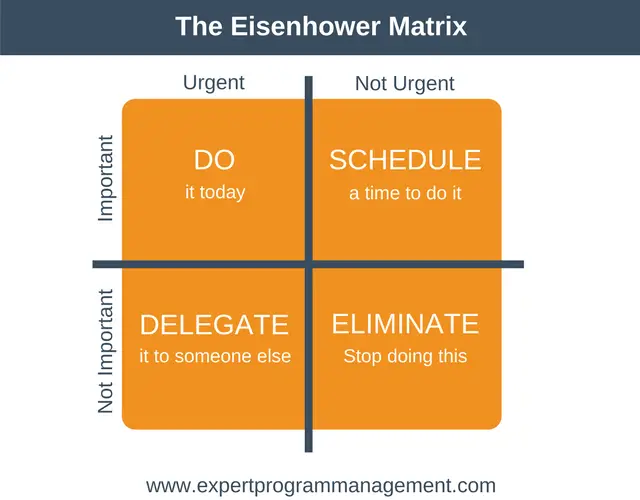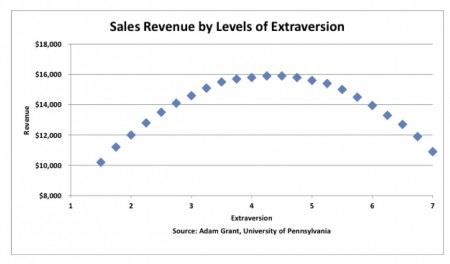One of the things that undermines us being at our best is procrastination.
- In 1978, 5% of the population admitted to being chronic procrastinators compared to roughly 26% of the population today (Steele, 2007).
Indeed, it is no coincidence that Self-Control is the least occurring VIA Strengths (only 4% of the population) and Discipline is near the bottom of Gallup’s 34 Strengthsfinder themes (31st of 34). So, if you are like me, you cannot call on these strengths to help you.
Warning: While reading.viewing this post will help you effectively move beyond procrastinating if put into practice, you will probably go down a rabbit hole exploring procrastinating.
Tim Urban of Wait, but why offers one of best explanations for why we procrastinate:
He offers a follow up in another post on How to Beat Procrastination.
Dr. Linda Sapadin has created a personality quiz to help you identify the type of procrastinator you are:


According to Dr. Sapadin, the 6 styles represent the outer polarities of 3 traits:
Attention to Details: The perfectionist pays too much attention to details; the dreamer doesn’t pay enough attention.
Focus on the Future: The worrier is overly concerned about what might happen if…; the crisis-maker is not sufficiently concerned (until crunch time).
Relationship to Others: The defier goes against what others want; the pleaser is overly oriented to what others want.
In her book, she offers prescriptions to each of the styles. Short of buying the book, what can you do?
Planning
First steps always involve having a plan. Part of the plan comes down to understanding your priorities. For big picture, short of having your own mission statement (which is a good idea), I like Warren Buffet’s 25/5 priority solution:
- Write down your top 25 goals for the next year.
- Circle your top 5.
- Throw out the other 20. As Buffet said “Everything you didn’t circle just became your Avoid-At-All-Cost list. No matter what, these things get no attention from you until you’ve succeeded with your top 5.”
You can do this on a life time, or five years or one week. It really does not matter. The idea is to zero in on the essential. Charles Schwab employed a similar idea brought to him by a consultant Ivy Lee
- At the end of each work day, write down the six most important things you need to accomplish tomorrow. Do not write down more than six tasks.
- Prioritize those six items in order of their true importance.
- When you arrive tomorrow, concentrate only on the first task. Work until the first task is finished before moving on to the second task.
- Approach the rest of your list in the same fashion. At the end of the day, move any unfinished items to a new list of six tasks for the following day.
- Repeat this process every working day.
A more macro approach has to do with understanding the nature of your to do list at any given time as General Eisenhower did: “”I have two kinds of problems: the urgent and the important. The urgent are not important, and the important are never urgent.” This is best illustrated by this matrix:

If you actually organized all the tasks into one of the four quadrants, you will be a far more productive place. Here is a video of it in practice:
But how to stop procrastinating?
Anisa Horton at FastCompany offers an idea of scheduling procrastination which he borrowed from Charles Duhigg:
“this is something I actually found when writing the book. The more you focus, the more that focus becomes a habit. So, willpower is like a muscle, right? It’s this muscle that you can build up, and it gets tired, but the more you exercise it, the stronger it gets. The same is true of our ability to focus. The more you practice focusing, the easier focusing becomes. And so the other answer for procrastination is, don’t beat up on yourself. Let yourself practice going longer and longer and longer without taking a five-minute break to check Facebook because after three or four weeks, after three or four months you’ll be able to sustain focus much longer, but the key is, you can’t change everything overnight. You can’t suddenly say, I want a brand new habit tomorrow and expect it to be east and effortless. It’s something you have to give yourself permission to take a little bit of time to practices because you’re building up neuro pathways associated with certain behavior and those neuro pathways just build up over time. You can’t speed up that process any more than is natural.”
Another personal favorite is the Pomodoro Technique.
- Choose a task to be accomplished.
- Set the Pomodoro to 25 minutes (the Pomodoro is the timer)
- Work on the task until the Pomodoro rings, then put a check on your sheet of paper
- Take a short break (5 minutes is OK)
- Every 4 Pomodoros take a longer break
Other techniques
Visual Cues: Let’s say you need to learn a list of vocabulary words. You commit to reviewing 25 words every day. You can get a bowl of 25 paperclips–25 to be exact. Each word you review, you flip the clip to an empty bowl. And you keep going until the first bowl is empty. Repeat tomorrow.
Surrender your cell phone. Seriously, you know you cannot live without it, so let’s meet half way. When you get home, give your phone to your parent. You can give yourself an allowance of say 30 minute phone break to do all the things you normally do. A growing body of research is showing that Cell phone usage is driving anxiety levels up.
Exercise Self Control. Don’t have any? There is an app for that. You can block websites and apps that distract you. The nice thing is you can give yourself an allowance. So you can block Youtube for say 1 hour and then give yourself a break to do so. There is an app called Focus for your iphone that does the thing. More iphone apps for productivity here.

Focus Writer helps you concentrate on your writing on a mac. StayFocusd increases your productivity by limiting the amount of time that you can spend on time-wasting websites through this Chrome extension.
Practice mindfulness daily. Why? “Emotional regulation, to me, is the real story around procrastination, because to the extent that I can deal with my emotions, I can stay on task,” says Pychyl, a faculty member in the Department of Psychology at Carleton University (Ottawa, Canada).
Podcasts worth listening to
- A whole podcast dedicated to procrastination called iprocrastinate.
- Jeff Saunder on 5 Strategies to conquer procrastination.
- NPR on how to be a productive procrastinator
- Stop Procrastinating With Timothy A. Pychyl. Dr. Pychyl maintains a website for Procrastination research.
- Mary Lamia, author of What Motivates Getting Things Done: Procrastination, Emotions and Success at Success Insider
Where to start?
Simply pick one of these strategies and test it for one week. Run it like an experiment. Next week try a different strategies.
Well worth reading is this article on the Science Behind Procrastination.

 Total time: 8:45 –More from the
Total time: 8:45 –More from the 

 This 78 item assessment focuses only on 10 strengths, reporting out a person’s top 3. Aimed at students in grade 6 to 10, is a welcome addition to the
This 78 item assessment focuses only on 10 strengths, reporting out a person’s top 3. Aimed at students in grade 6 to 10, is a welcome addition to the 


